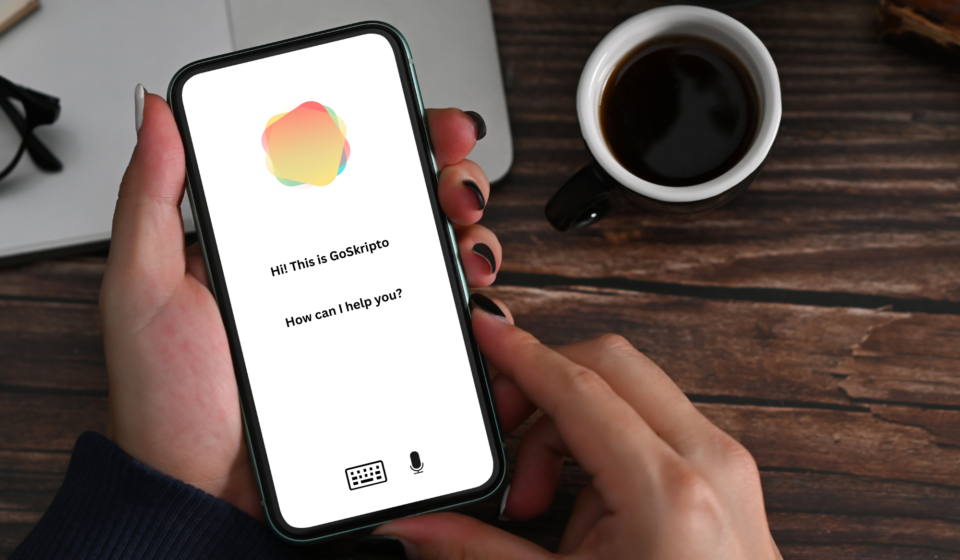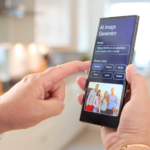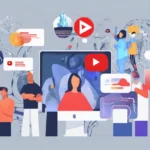
Can AI Be Creative? The Role of Intuitive AI in Storytelling
In This Post ...
- What If Creativity Could Be Automated?
- What is Intuitive AI in Storytelling?
- How Can AI Be Creative?
- 1. Idea Generation and Brainstorming
- 2. Character Development
- 3. Dialogue Enhancement
- 4. Visual Storyboarding
- 5. Predicting Audience Reactions
- Can AI Replace Human Creativity?
- The Future of AI in Creative Fields
- Final Thoughts: Embrace AI as Your Creative Partner
What If Creativity Could Be Automated?
Imagine a world where AI suggests a plot twist that leaves your audience stunned or creates a character with layers of depth and complexity. Can a machine truly grasp the art of storytelling?
As artificial intelligence continues to evolve, its role in creative fields like storytelling is expanding rapidly. Whether you’re a filmmaker, writer, or content creator, understanding AI’s potential in creative development could unlock new possibilities. This blog explores how intuitive AI tools are reshaping the storytelling landscape — and how you can harness their power.
What is Intuitive AI in Storytelling?
Intuitive AI refers to advanced AI systems designed to recognize emotional cues, narrative patterns, and creative logic. Unlike traditional AI that follows rigid algorithms, intuitive AI mimics the creative process by analyzing vast data sets, identifying trends, and generating original ideas that align with human emotions and storytelling arcs.
How Can AI Be Creative?
1. Idea Generation and Brainstorming
AI tools can analyze themes, character archetypes, and cultural trends to generate fresh ideas. Whether you’re stuck on a plot twist or need a unique opening scene, AI can provide unexpected yet fitting suggestions.
2. Character Development
AI can analyze psychological profiles, personality traits, and narrative conflicts to help create multi-dimensional characters. By drawing from established storytelling patterns, AI can suggest character motivations that feel authentic and relatable.
3. Dialogue Enhancement
Crafting realistic conversations is no small feat. Intuitive AI can improve dialogue by analyzing tone, context, and speech patterns to create authentic, engaging exchanges between characters.
4. Visual Storyboarding
Some AI tools can generate visual representations of scenes based on written descriptions. This helps filmmakers and writers visualize complex sequences and refine their creative vision early in the process.
5. Predicting Audience Reactions
AI-driven data analysis can predict how different story elements may resonate with viewers, helping writers tailor their narratives for stronger emotional impact.
Can AI Replace Human Creativity?
No — and it shouldn’t. AI thrives on patterns and data, but true creativity stems from human emotion, lived experiences, and instinct. Intuitive AI is best seen as a powerful creative partner — enhancing ideas rather than replacing the imagination behind them. The most powerful stories will always require a human touch.
How to Use Intuitive AI in Your Projects
- Start Small: Use AI to generate ideas, brainstorm plot twists, or refine character backstories.
- Combine AI with Human Insight: Treat AI suggestions as inspiration rather than finished content.
- Explore AI-Powered Tools: Platforms like GoSkripto offer intuitive AI features that simplify storytelling while protecting your intellectual property.
The Future of AI in Creative Fields
As intuitive AI becomes more sophisticated, its role in storytelling will expand. The key for creators is to embrace AI as a tool that amplifies — not replaces — their unique voice.
Final Thoughts: Embrace AI as Your Creative Partner
AI isn’t here to outshine creativity; it’s here to empower it. By blending human intuition with AI-driven insights, creators can break creative boundaries and tell more impactful stories.






